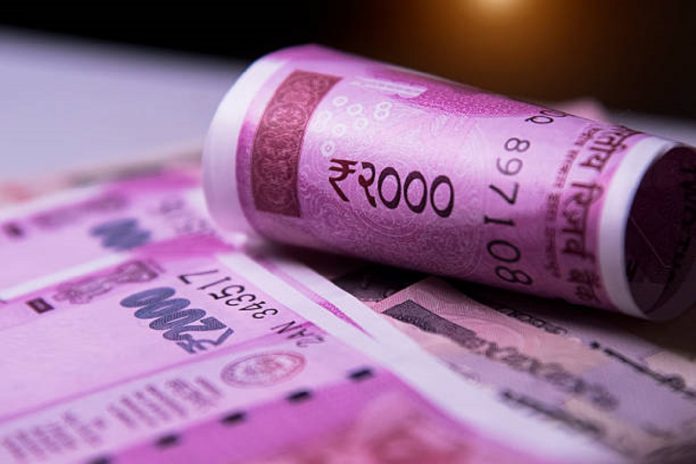It has been five years since the currency ban of 2016. One of the reasons given for the ban was to decrease the amount of cash in circulation. Instead, this fiscal year it increased by 14.5%.
It arose in proportion to GDP, and the irony is cash use is increasing and the GDP is shrinking. But there is also an increase in digital payment, whether through UPI, FASTag or cards. It grew three times from what it was in 2018.
Considered to be one of the pandemic effects in the economy, this phenomenon, named dash to cash, is seen in many countries, such as the US, Italy, Germany, Brazil, Turkey etc.
The trend seems to grow simultaneously with digital payment in these countries too.
The RBI has said that the currency in public is determined by deducting the cash in banks from the total currency circulating. Many factors led to this change, and pandemic is the catalyst.
The uncertainties brought on by the second wave, fear of lockdowns and medical emergencies have all made people withdraw cash and keep it with them. This was seen on April 9th when currency withdrawn by the public rose to hit ₹27 trillion.
It was the time when the second wave hit. The spike in demand was in rural and semi-urban regions. A similar situation happened during the Covid first wave.
There have been numerous reports of hospitals denying cashless insurance claims of Covid-19 patients. The bystanders then have to withdraw cash, and others withdraw too to avoid a similar situation.
Another reason could be peoples’ hesitancy to go out and deposit their money in the bank. The threat of the pandemic outside the house, lockdown and similar pandemic restrictions deters people from going to a bank for a deposit.
Such demand for cash is usually during times of uncertainty, as it is also a demand for liquidity. Hard cash is the most liquid form of asset. Several macro-economic factors also joined in.
The digitization of the economy is an ongoing process. Until the pandemic, both co-existed in mutual harmony. When the pandemic brought in a time of uncertainty and crisis, cash demand increased.
It is not that people abandoned digital transactions more people started to use it, but they held on to cash as security.
Another thing to note is that the informal economy shrunk from 40% of the GDP to 20% of the GDP, a number comparable to Europe. It can be attributed to the more digitalization drive of the economy, combined with the GST collection.
Follow and connect with us on Facebook, LinkedIn & Twitter

